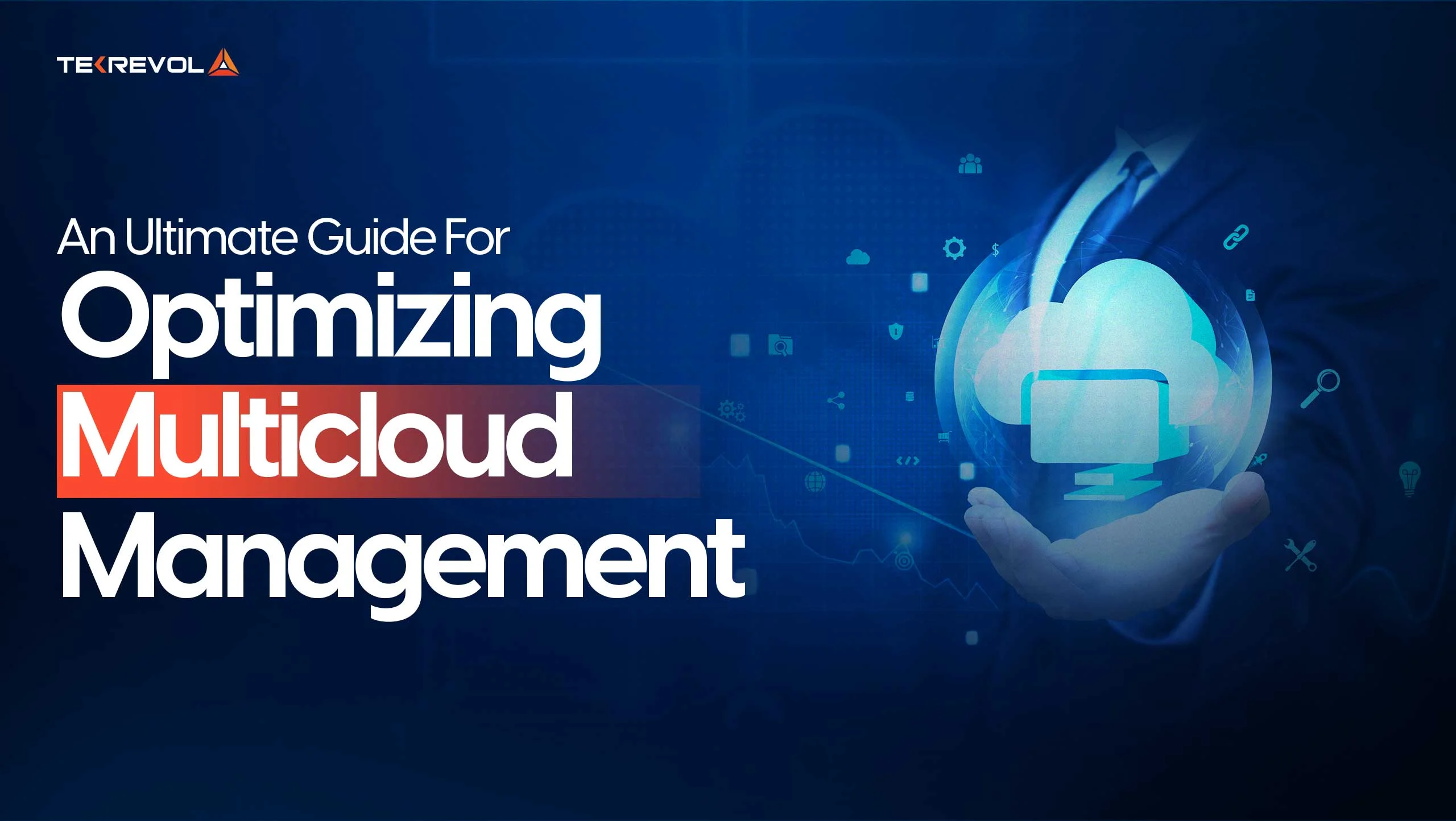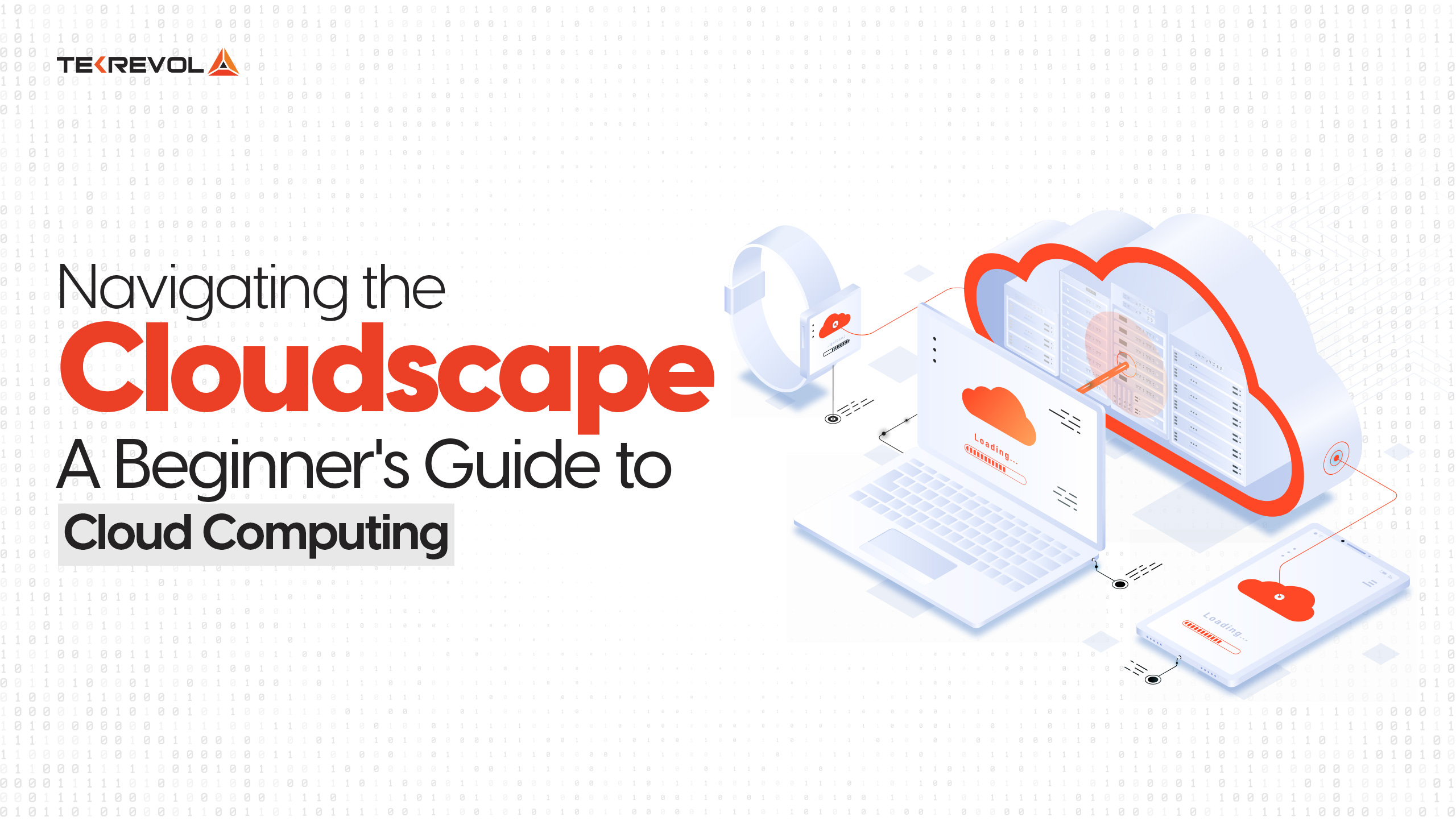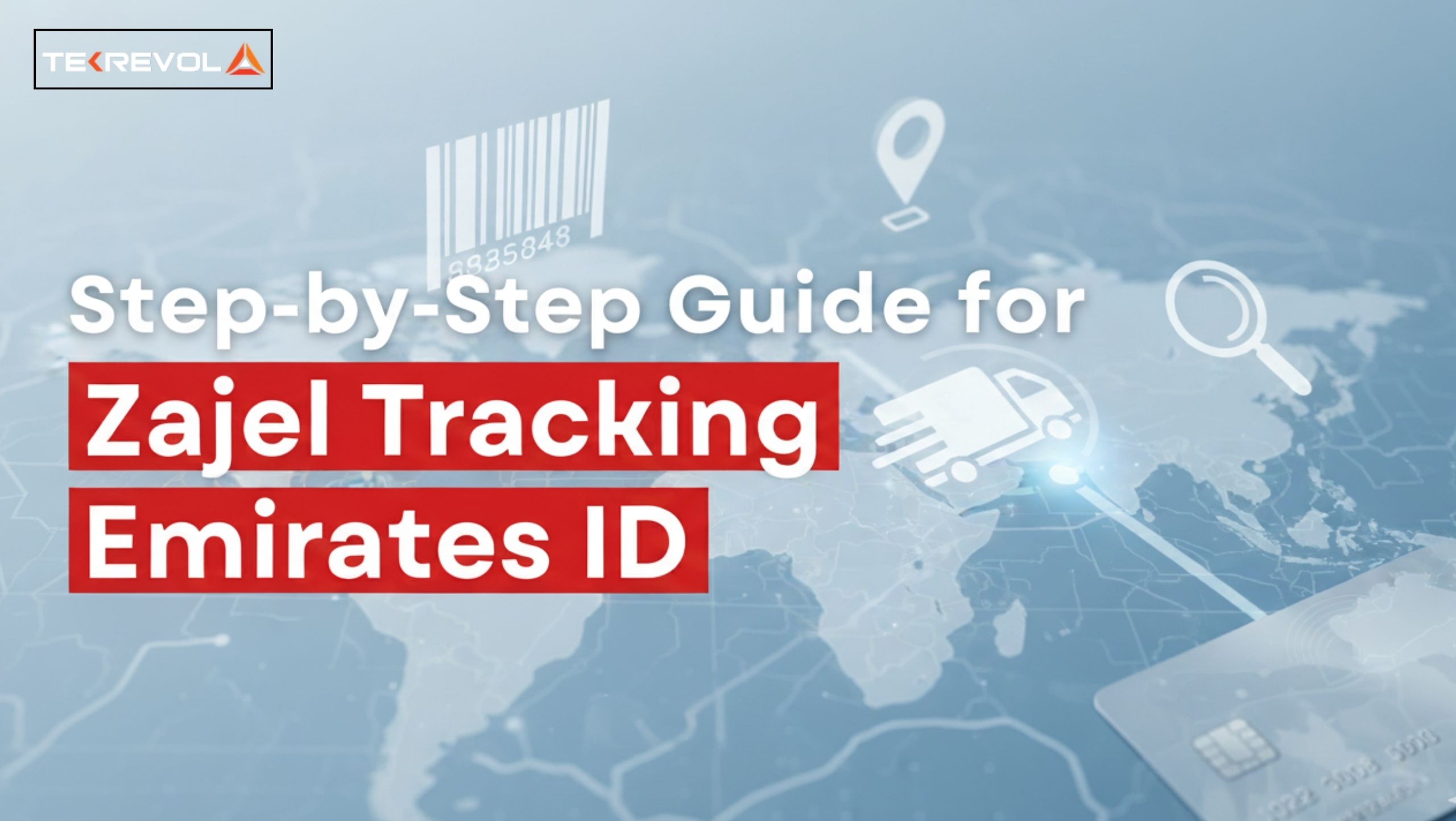Managing a multi-cloud environment is like playing 4D chess with invisible pieces! Sure, the promises of multiple clouds sound great – more flexibility, fewer vendor lock-ins, and infinite scalability. But let’s be real—without the right plan, it’s surely a one-way ticket to chaos, with spiraling costs, security headaches, and enough dashboards to make your head spin!
However, here’s the good news – Optimizing multi-cloud management is less about taming the beast and more about teaching it to work for you.
If you’re juggling multiple strategies for hybrid and multi-cloud environments or trying to find the best possible tool for effective multi-cloud optimization, then you have come to the right place.
This comprehensive guide will help you clear the fog and build an efficient and secure multi-cloud system.
With that being said, let’s get started!
What is Multicloud Management?
Imagine your cloud as a messy closet where your clothes are scattered in multiple wardrobes – let’s say, one at home, one at a friend’s place, and maybe another in a hotel room.
Now, whenever you want to get your favorite jacket, you must figure out where it is. Annoying, right?
That is where multi-cloud management steps in! It’s like one hires an expert organizer who controls all those closets – be it Amazon Web Services, Microsoft Azure, or Google Cloud, and controls them from one magical application or dashboard.
That approach will allow you to view everything in one place and ensure that you don’t waste space. And who knows, you might also save a few extra bucks along the way.
The Rise Of Multi-Cloud
According to analysts’ predictions, the multi-cloud management market will rise at a CAGR of 27.9% and be valued at $75.55 billion in 2032.
As of today, 86% of enterprises rely on a multi-cloud approach to enhance flexibility and improve performance.
The popular demand for other cloud-native technologies, such as containerization and microservices-based application deployment, has further boosted these trends.
This signifies how vital Cloud migration solutions are going to become in the upcoming years!
Why Multicloud is a Must
Multi-cloud management has become the cornerstone for modern businesses as it helps to:
- Reduce Risks – Diversifying workloads helps ensure business continuity even during worst-case scenarios.
- Scalability – Let’s say a company needs 12 GPUs for a high-performance workload. To meet this need, your multi-cloud can combine resources from AWS and Google Cloud to fulfill your demand.
- Support Global Operations – Multicloud allows compliance with regional regulations like GDPR in Europe without losing operational efficiency globally.
Exploring Multi-Cloud Management Platforms
Managing multiple clouds without a proper platform is like trying to organize your work calendar, personal diary, and 50 sticky notes on your desk without losing your mind.
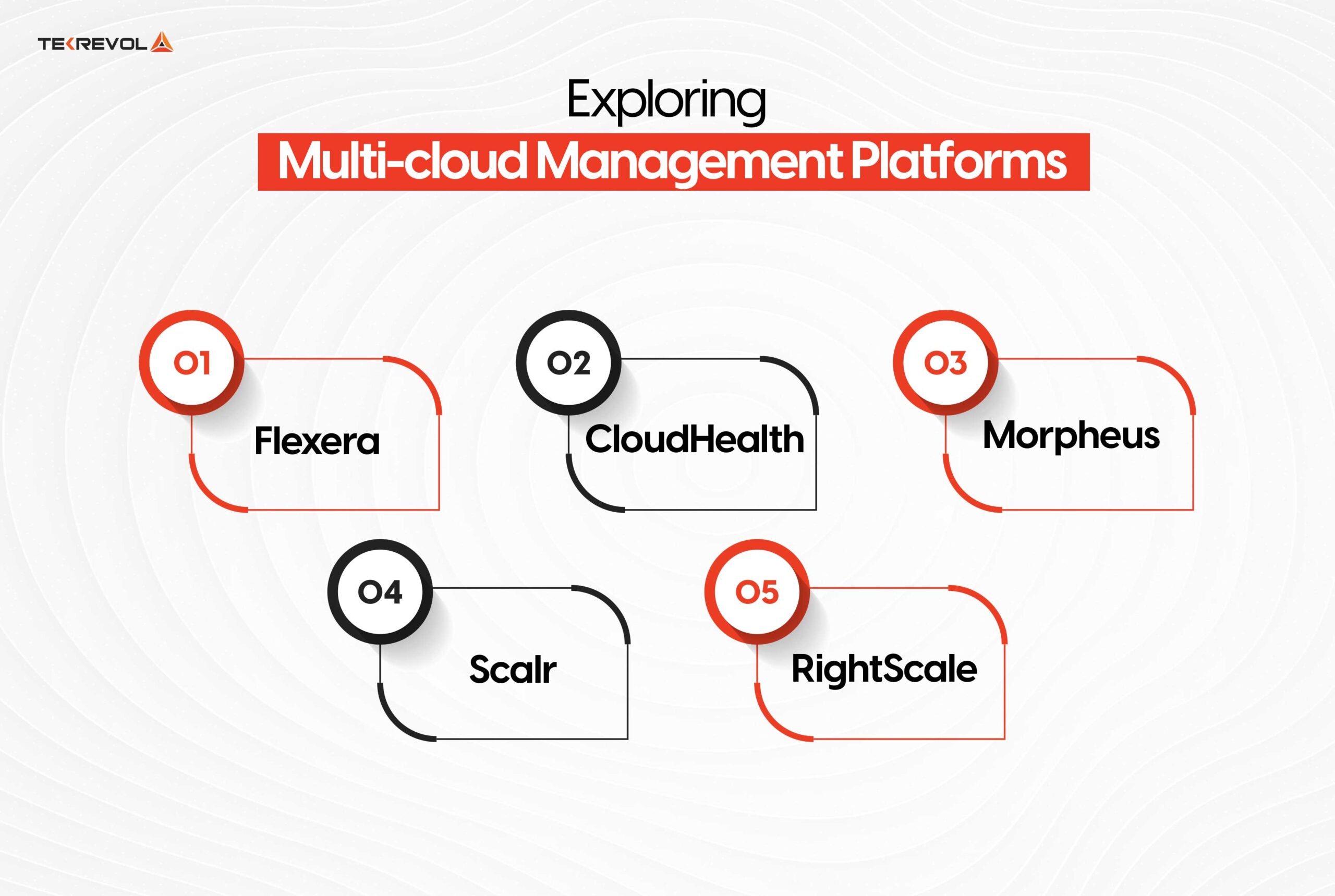
That’s why multi-cloud management platforms exist- to simplify, centralize, and streamline the complex ballet of hybrid and multi-cloud strategies.
Here, we have rounded up some of the best Multi-cloud platforms that are already redefining how businesses manage their cloud ecosystems.
1. Flexera Cloud Management Platform
Flexera is a super-organized friend who color-codes everything. This platform offers effective multi-cloud management by centralizing governance, cost tracking, and compliance monitoring. It’s especially cherished for its ability to identify unseen costs.
Think of it as the Sherlock Holmes for cloud optimization. And the best part? Companies using Flexera report reducing cloud spend up to 30%.
2. CloudHealth by VMware
VMware’s CloudHealth is your hub for simplifying multi-cloud operations. It features robust analytics and governance tools that help you synchronize your multi-cloud strategy with business objectives.
As a bonus, it also empowers you to track your carbon footprint. Thus, you can manage clouds and save the planet.
3. Morpheus
Not just a name from The Matrix, Morpheus is a powerhouse in the world of cloud orchestration.
If you’re juggling containerized apps, complex workflows, and compliance across providers, this platform has got your back. It supports Kubernetes just like everyone these days and automates deployments like a pro.
4. Scalr
Need a platform that keeps costs under control and enforces best practices for multi-cloud governance? Scalr has your back. It’s ideal for enterprises that need to delegate cloud access without losing control—a “trusted but verified” approach.
5. RightScale
RightScale is more of the cool, younger cousin that Flexera acquired. Its shine is in environments where workload portability and cloud migration solutions are critical. Whether moving apps or optimizing legacy systems, RightScale ensures that your journey in multi-cloud is smooth and efficient.
- Wondering Which Tool Is Your Perfect Match?
- Let Us Help You Explore tools tailored for streamlining multi-cloud operations.
The Challenges of Multicloud Environments
Managing multi-cloud environments is like managing costs, security risks, and integration headaches—difficult, right?
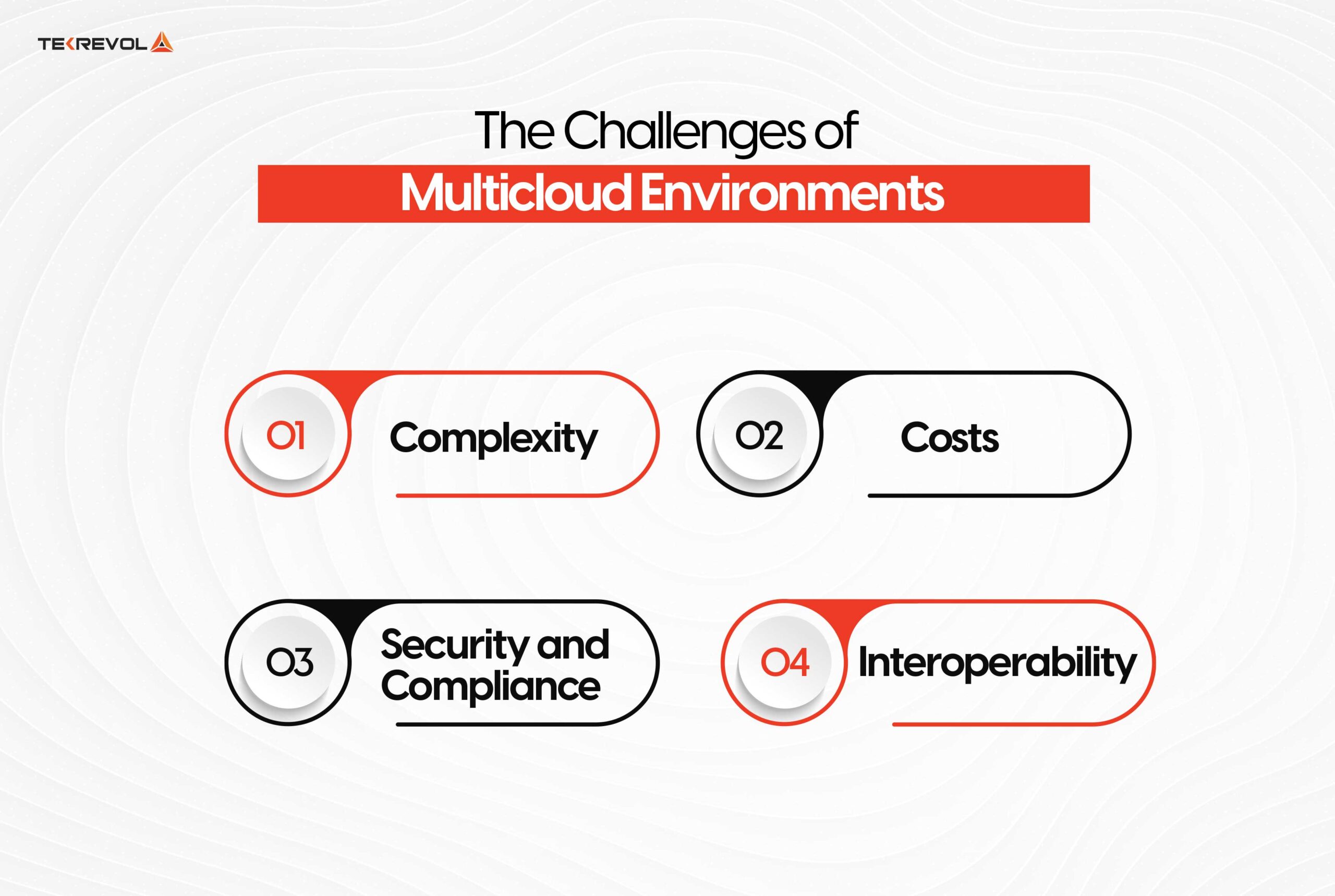
While hybrid and multi-cloud strategies promise flexibility and resilience, they also present enough challenges to keep even the best IT teams awake at night.
Well, what are these challenges? Let’s find out!
1. The Complexity Conundrum
Imagine running not just one but three (or more) clouds, each with a separate dashboard, APIs, and features.
Not having the right tools for doing multi-cloud right can become a logistical nightmare. A report indicates that 54% of organizations cite complexity as their biggest challenge to effective multi-cloud management.
Pro tip? Check out how platforms like CloudHealth or Flexera simplify workflows and streamline operations to improve visibility.
2. Spiraling Costs
A recent report shows that 32% of cloud spending is wasted, often due to underutilized resources or over-provisioned workloads. With multiple service providers billing you differently, keeping track of expenses can feel like decoding a mystery novel.
What’s the Solution? You need to implement cloud optimization tools that analyze usage patterns and automate resource adjustments.
3. Security and Compliance Nightmares
Suppose managing the security of one cloud isn’t challenging enough to handle multiple clouds. Each provider introduces unique vulnerabilities. What’s Worse? Compliance with regulations like GDPR or HIPAA becomes trickier when data is scattered across regions.
According to Microsoft’s 2024 multicloud report, the average multicloud setup includes 351 exploitable attack paths.
Best practices for multi-cloud governance recommend centralizing access controls and encrypting data in transit and at rest. A unified cloud application security strategy ensures your assets stay protected, regardless of vendor. Learn how to fortify your cloud stack in our complete cloud security guide.
4. Interoperability Woes
Imagine trying to get a group of cats to march in a straight line. That is multi-cloud interoperability in a nutshell.
It seems impossible to get AWS, Azure, and Google Cloud to communicate well without robust cloud migration solutions and integration tools.
Steps to Optimize Multicloud Management
Optimizing multi-cloud management is not a one-size-fits-all approach. Rather, it is a strategic process for untangling the complexities of juggling multiple providers.
Whether your organization is deep into a multi-cloud strategy or just exploring hybrid and multi-cloud strategies, following these steps will help you cut costs, boost performance, and streamline operations.
Ready? Let’s dive in.
Step 1: Audit Your Existing Cloud Environment
You can’t fix inefficiencies unless you first find them. First, audit your cloud landscape and map out what you are using—and, more importantly, what you are wasting.
A report discovered that 40% of cloud resources in multi-cloud configurations are underutilized and, therefore, wasted on unnecessary costs.
Here’s what you do:
- Use tools like Flexera or CloudHealth to identify unused instances, over-provisioned resources, and redundant workloads.
- Compare usage to actual business needs to determine where cuts can be made.
- Look for cost anomalies or patterns that could indicate inefficiencies.
Step 2: Centralize Visibility with Monitoring Tools
One of the biggest challenges in multi-cloud management is visibility, or lack of good monitoring tools.
Although each service provider has its own monitoring tools, keeping track across multiple dashboards is a logistical nightmare.
To solve this:
- Install centralized monitoring platforms such as Datadog, New Relic, or Morpheus to monitor all your clouds in a unified view.
- Monitor performance metrics, such as CPU utilization and network latency, and financial KPIs to identify areas where the cloud can be optimized.
- Alert unusual activities, such as resource usage that has suddenly gone out of hand, to avoid running into the costs.
Step 3: Automate Repetitive Tasks
Automation is actually the best friend of a multi-cloud manager. Why spend time with manual tasks when tools can work faster and without errors?
Resources to automate:
- Resource Provisioning: The Terraform and Ansible platforms support the automatic deployment of resources based on predefined templates.
- Backup and DR: Automate data replication and failover processes across different cloud providers for business continuity purposes.
- Compliance Enforcement: Use a tool like Prisma Cloud in order to apply governance policy automatically across the clouds.
- Automate: Automation doesn’t just save time; it ensures consistency, which is critical for adhering to best practices for multi-cloud governance.
Step 4: Optimize Costs Proactively
If your cloud bill feels like a horror movie, you’re not alone. In 2024, 32% of organizations exceeded their cloud budgets due to inefficient management.
To rein in spending, these are some cloud cost optimization strategies:
- Regularly review cost reports using tools like AWS Cost Explorer or Cloudability.
- Rightsize your workloads by matching the instance type to the actual resource needs.
- Use reserved instances for predictable workloads to benefit from the discounts.
- Utilize tools for efficient multi-cloud management, setting up spending alerts, and avoiding surprises.
Step 5: Standardize Workflows with Containers and Orchestration
Different clouds mean different workflows, and managing them feels like herding cats. That’s where we introduce you to standardization:
- Use containerization tools like Docker to encapsulate applications in a way that works across all providers.
- Use orchestration platforms like Kubernetes to manage deployments, scaling, and failovers consistently.
- This simplifies multi-cloud operations but offers numerous benefits, including portability and reduced vendor lock-in.
Step 6: Secure Your Multicloud Environment
The more clouds you have, the more exposed your data is. According to the Microsoft 2024 report, the average multi-cloud deployment contains 351 exploitable attack paths, so strong security is paramount.
Protect your environment by:
- Identity management should be centralized through Okta or Azure AD.
- Encrypt both in transit and at rest to avoid a breach.
- Always conduct security audits and penetration testing on all platforms.
Step 7: Create a Multi-cloud DR Plan
Disaster recovery isn’t just a nice thing; it is a must. It ensures that technical failures or natural disasters do not cause your systems to go down.
Include these:
- Replication across providers: Data has to be copied for redundancy to multiple clouds
- Automated failover system
- Failovers like AWS Route 53 and Azure Traffic Manager reroute traffic.
- Conduct routine disaster recovery drills to test your resiliency.
Step 8: Cross-team Collaboration
Multicloud success isn’t just an IT issue—it’s a company-wide effort. The involvement of DevOps, finance, and security teams ensures that every piece of the multi-cloud strategy supports and advances business goals.
- Automation and deployment can be a specific focus of DevOps
- Finance teams can look into the budget and forecast spending.
- Security teams can focus on governance and compliance.
The Future of Multicloud Management
The future of multi-cloud management is as bright as a data center full of glowing server racks – but way less chaotic.

As organizations increasingly embrace hybrid and multi-cloud strategies, the industry is evolving to address complexity, costs, and ever-growing data security needs.
What’s next? Let’s explore the trends shaping the future.
1. AI and Automation Will Lead the Way
If managing clouds today feels overwhelming, fear not – AI is stepping in as the ultimate assistant. By 2024, 65% of enterprises are expected to adopt AI-driven cloud optimization tools to automate resource allocation, identify inefficiencies, and enhance performance.
- Smart Predictions: AI tools will forecast demand and auto-scale resources, ensuring you’re not overpaying or under-provisioning.
- Anomaly Detection: Advanced analytics will identify anomalous patterns like a rogue app hogging resources before they become costly.
2. Edge Computing and Multicloud Integration
Edge computing is revolutionizing the multi-cloud strategy. By 2025, 75% of enterprise-generated data will be processed at the edge, making seamless integration between the edge and cloud crucial.
Expect to see more emphasis on making multi-cloud operations seamless by linking edge devices to centralized cloud services.
3. Strengthened Security Solutions
As per our insights, security will continue to be a top priority. The Microsoft 2024 report cited 351 exploitable attack paths in multi-cloud environments, creating a strong need for better tools to manage multi-cloud efficiently.
- Integrated Governance Dashboards: Centralized platforms that enforce best practices for multi-cloud governance in real-time.
- Zero Trust Models: Advanced identity verification throughout all clouds.
4. Cloud Connectivity as a Service
As multi-cloud configurations become increasingly complex, connectivity solutions are evolving, too. “Cloud connectivity as a service is being adopted so data can be transferred effortlessly between clouds without lagging like traditional APIs do. It supports real-time workloads like IoT and AI, which is critical for industries considering cloud migration solutions.
How TekRevol Can Help You Optimize Your Multicloud Management?
We at TekRevol know that cloud management can sometimes feel like juggling with flaming swords – and are cloud services don’t want you to burn.
Using decades of industry experience and market insights, we help simplify and optimize your multi-cloud strategy. This includes implementing tools for effective multi-cloud management and ensuring best practices for multi-cloud governance tailored to your business’s needs.
Our team specializes in streamlining multi-cloud operations through cutting-edge platforms and cloud optimization strategies. Whether you’re navigating hybrid and multi-cloud strategies or need cloud migration solutions, TekRevol’s actionable insights and hands-on support have got you covered!
- Let’s Build Your Cloud Dream Team!
- With TekRevol’s expertise in multi-cloud management and cloud migration solutions, success is just one consultation away.

